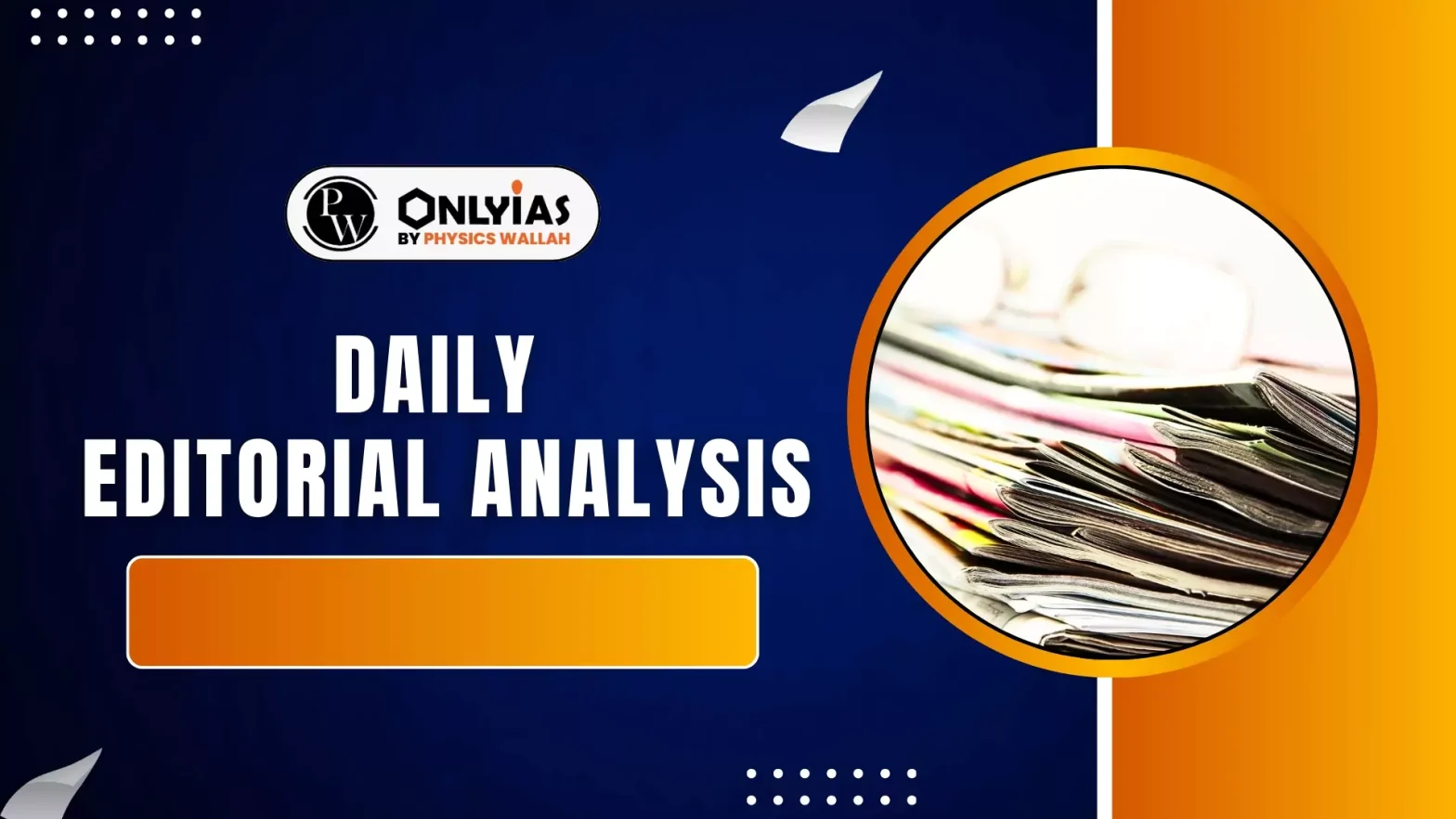There is a Great Urban paradox where data shows decline in urban poverty and unemployment but in ground reality there is rising inequality.
World Bank Data vs. Reality
- Urban Poverty Reduction: According to World Bank data, if the poverty line is set at $2.15 per day, urban poverty in India decreased from 10.7% in 2011 to 1.1% today.
- Poverty Line Comparison: With a more ambitious poverty line of $3.65 per day, urban poverty fell from 43.5% in 2011 to 17.2% currently.
- Contrasting Realities: Despite government claims of low unemployment, these statistics seemingly portray a “golden age”, but the reality is different.
Differences between Rural and Urban Poverty
- Income Source: Rural poor depend on agriculture, while urban poor rely on the informal sector with no job security (“no work, no pay”).
- Access to Services: Urban areas have services (schools, hospitals, water pipes), but they are unaffordable for the poor.
- Social Network: Rural communities offer strong social safety nets, but urban dwellers are often isolated and lack support.
Reasons for Urban Poverty
- Unplanned Development: Lack of affordable housing leads migrants to establish slums, resulting in haphazard urbanisation.
- Regional Disparity: Tier 2 and Tier 3 cities are not developed enough to retain their populations, leading to immense pressure on mega-cities like Delhi, Mumbai, and Bengaluru.
- Social Security Gaps: Many migrants lack residency proof or local ration cards, making them “ghosts” in the system and excluding them from government schemes.
- Intergenerational Trap: Children growing up in slums with poor education and health facilities are likely to remain in the informal sector, perpetuating poverty across generations.
Government Schemes to Address Urban Poverty
- One Nation One Ration Card: Allows migrants to access rations anywhere in the country.
- Swachh Bharat Mission Urban 2.0: Beyond sanitation, it provides public toilets in slums, enhancing dignity and safety, especially for women.
- Pradhan Mantri Awas Yojana Urban: Aims to provide affordable housing and curb the growth of slums.
- Deendayal Antyodaya Yojana-National Urban Livelihoods Mission (DAY-NULM): Focuses on skill development (Hunar Se Rozgar) and promoting self-employment through Self-Help Groups (SHGs).
- PM SVANidhi Scheme: Provides collateral-free loans to street vendors who typically struggle to access credit.
Way Forward
- Inclusive Urbanisation: Decentralising decision-making and involving people in urban planning, as exemplified by Kerala’s Kudumbashree scheme, which successfully implemented the National Urban Livelihood Mission through local women’s networks.
- Empower Tier 2 & Tier 3 Cities: Creating job opportunities and better infrastructure in smaller cities (e.g., Lucknow, Indore, Surat) to reduce migration pressure on mega-cities.
- Sustainable Urbanisation: Empowering Urban Local Bodies (ULBs) and fostering “Jan Andolan” (people’s movements) for cleanliness, similar to the Indore model, where sanitation became a matter of pride.
- Empowerment and Targeted Social Security: Focusing on skill development and promoting labour-intensive industries.
- It also involves addressing the exclusion of many from social security schemes due to lack of documents or digital literacy.
Conclusion
By 2050, cities are projected to contribute 75% to India’s GDP and 60% to greenhouse gas emissions. Achieving a $5 trillion economy demands inclusive growth, not just high-rise buildings. A smart city ensures dignity and opportunities for all, where no one sleeps on the pavement.
![]() 12 Sep 2025
12 Sep 2025

